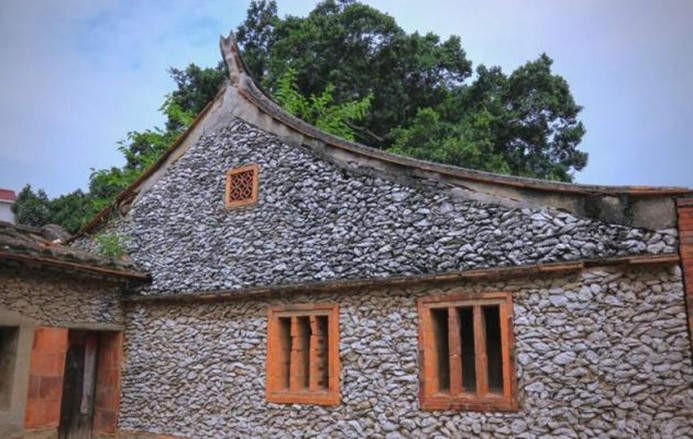Research on the Two-Way Empowerment Development Path of Public Art Intervention in Rural Spaces: Taking Quanzhou's Xunpu Village as an Example
Abstract
Against the backdrop of rural revitalisation, some public art villages have demonstrated the cultural and lifestyle conditions of different regions in the new era while coordinating the future development needs of rural areas. As a form of cultural and artistic communication and interaction with the public, public art plays a significant role in the protection and development of villages through various mediums. Public art is increasingly taking diverse forms in rural areas, with its local relevance and public nature being re-emphasised. This establishes an effective connection between the concept of ‘rural revitalisation’ and the practice of using art to empower rural areas. Simultaneously, public art and rural spaces are gradually forming a mutually beneficial, positive trend. This study takes Quanzhou's Xunpu Village as a case study, delving into the mutually empowering development pathways of public art's intervention in rural spaces, as well as the dimensions of balancing traditional cultural heritage with rural development. It provides new insights and methods for the planning and construction of rural areas.
References
[2] Cai, L. (2023). The application of silk-screen printmaking in urban public art. Screen Printing, 2023(23), 48–50.
[3] Zhang, T., Niu, H., & Gu, C. (2021). Research on the development of public art and urban culture. Jingu Wenchuang, 2021(31), 114–115.
[4] Dong, B. (2023). Research on the application of public art in rural development. Shanghai Packaging, 2023(12), 180–182.
[5] Zhang, S., & Tan, R. (2024). A study on the ecological nature of community public art in the context of micro-renovation. Shanghai Culture, 2024(04), 89–101.


This work is licensed under a Creative Commons Attribution 4.0 International License.
Copyright for this article is retained by the author(s), with first publication rights granted to the journal.
This is an open-access article distributed under the terms and conditions of the Creative Commons Attribution license (http://creativecommons.org/licenses/by/4.0/).









1.png)














